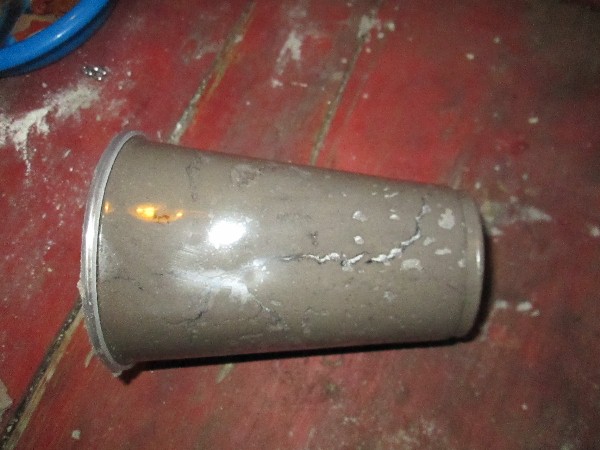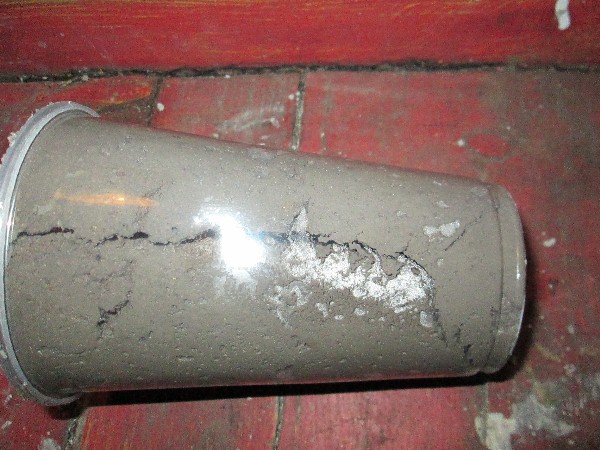Re: 3:1:1:1
From ambient to 500 C which is the range we fire in, there is no physical change to clay and it will return to mud if soaked and abraded. An example of this is pottery fired in a sawdust kiln which typically reaches around 600C. On parts of the pots that did not receive quite enough heat, ie below 573 C the clay can be dissolved if soaked and scrubbed while the rest of the pot has been "fired" and made permanent. This change takes place during the firing not after it.
By the way do not be tempted to fire a WFO to over 600 C in an effort fire the clay in the mortar. There are lots of different thermal expansions of different materials that increase their expansion around these temperatures and it is not possible in a WFO to control a slow rise. Expect some cracking if you attempt this.
Originally posted by stonecutter
View Post
By the way do not be tempted to fire a WFO to over 600 C in an effort fire the clay in the mortar. There are lots of different thermal expansions of different materials that increase their expansion around these temperatures and it is not possible in a WFO to control a slow rise. Expect some cracking if you attempt this.







 No good at all.
No good at all.
Comment